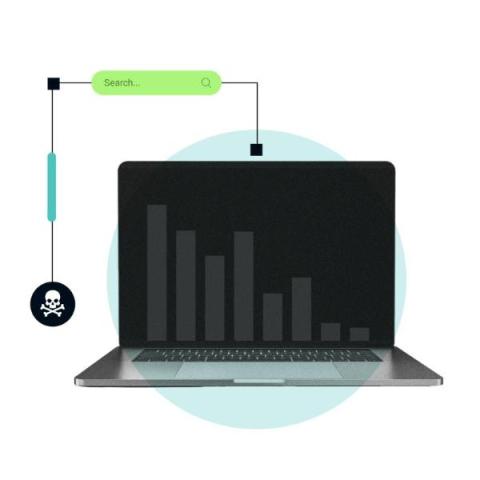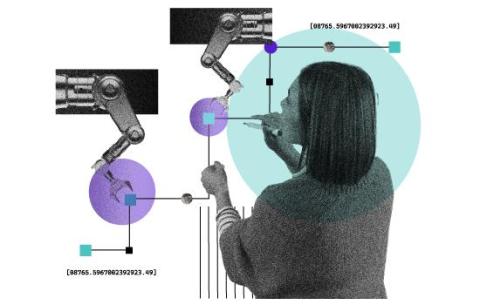Security | Threat Detection | Cyberattacks | DevSecOps | Compliance
Netacea
Why Your Current Anti-Bot System Might be Failing
Calculating the ROI of Effective Bot Management
SEO Poisoning Part 1: Understanding SEO Poisoning and Its Impact
How Freebie Bots Turn Scalping on its Head to Rip Off Retailers
Anyone Can Launch a Bot Attack in 2024
Cybersecurity Sessions S02E07: Validating AI Value, Securing Supply Chains, Fake Account Creation
The eCommerce Manager's Guide to Bot Protection
Are you an eCommerce Manager who keeps being asked about bot visitors by security and fraud teams? You’re not alone, as the issue of bot attacks such as scalping, scraping and account takeover cross multiple business functions – everyone has their role in stopping bad bots. It’s time to up your bot knowledge and do your part in mitigating these attacks. Here’s what you need to know.
Deliver fair, bot-free hype drops with Netacea + Queue-it
It's 8.58am, the tickets to your favorite band's latest tour are about to go on sale and you're poised, credit card in hand, ready to secure the hottest tickets in town. Only, once you make it to the front of the virtual queue, the tickets have all been snapped up by scalpers. Or you're faced with the dreaded message, "server busy, try again later". If you think this is unfair, you’re not alone.











